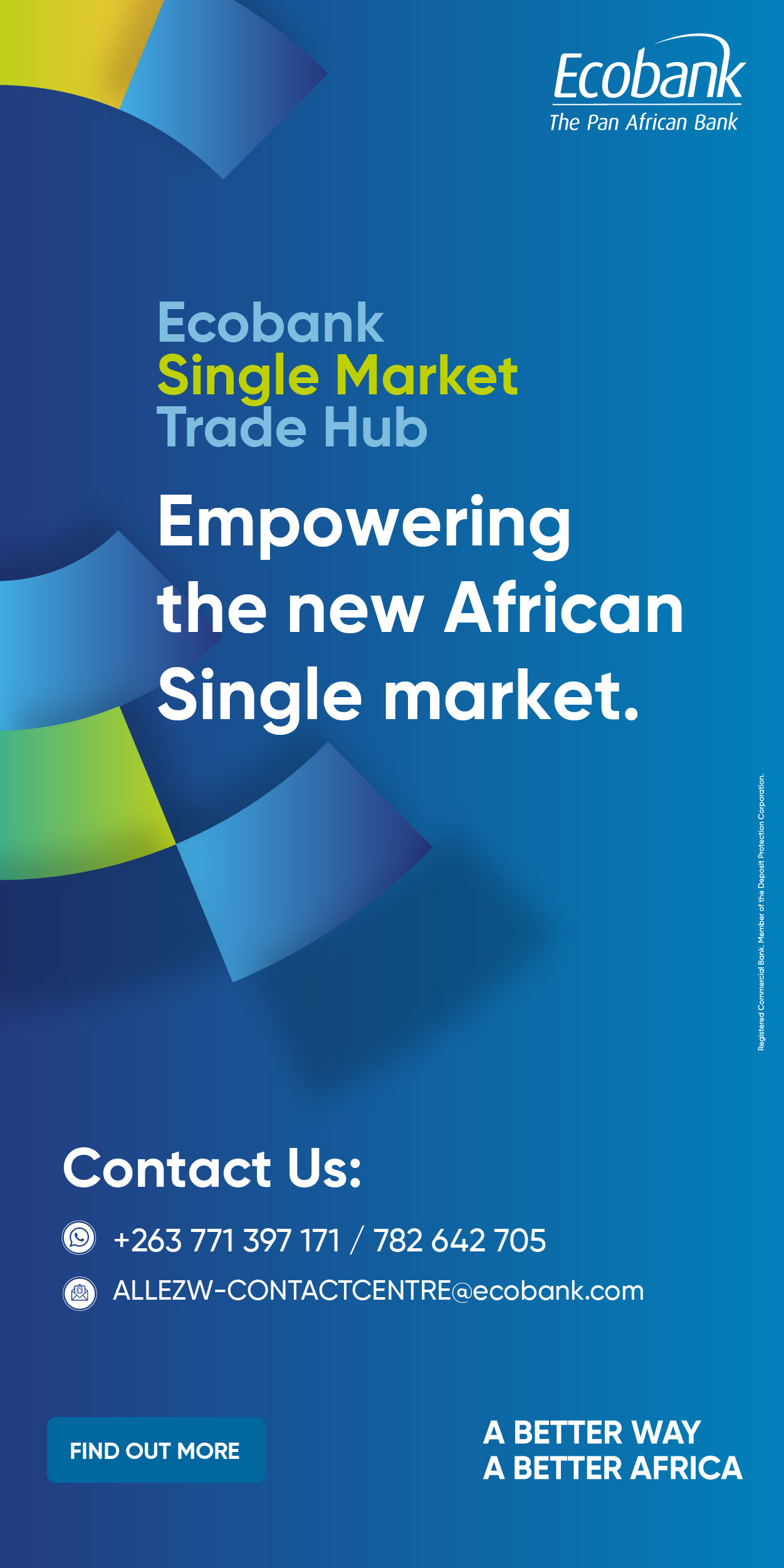- ZiG is experiencing renewed volatility, particularly in the parallel market, with exchange rates surging from 33 to 40 per USD
- A significant premium of 41% has emerged between the official and parallel market exchange rates, widening from 26% the previous week
- The ZiG's depreciation highlights the need for comprehensive reforms to restore stability and public trust
Harare- The Zimbabwe Gold (ZiG) has entered a volatile phase on the parallel market, shelving the stability the currency enjoyed from the first quarter into April. On the formal market, the ZiG maintains its marginal declines, shedding below 1% on daily performances.
On May 5, 2025, the local currency traded at 26.8208 per dollar, a slight change from 26.8115 last week, maintaining its stability.
However, on the parallel market, the exchange rate shot from 33 to 40 ZiG per dollar, while peer-to-peer markets shot to a range between 36.5 and 38.5 ZiG per dollar, causing a 41% premium, widening from a premium of 26% last week.
Hence, entering a volatile phase reminiscent of the hyperinflationary dynamics that plagued the Zimbabwe Dollar. Introduced in early 2025, the ZiG initially showed relative stability but has now resumed an unstable exchange rate trajectory, driven by a combination of policy shifts, market reactions, and liquidity injections.
This resurgence of instability evokes memories of past economic turmoil, raising concerns about the currency’s sustainability and the broader economic framework.
A significant catalyst for this volatility was the promulgation of Statutory Instrument (SI) 34 of 2025, which permitted businesses to price goods and services based on market conditions.
Formal retailers swiftly adjusted their pricing, shifting the exchange rate from the government’s pegged rate of ZiG27 per US dollar to ZiG32 per US dollar.
These rapid shifts signal a currency under severe pressure, driven by market forces outpacing regulatory controls.
Despite the government’s efforts to maintain stability in the formal market, where exchange rate deficits are kept below 1% week-on-week, the parallel and informal markets tell a different story.
The sharp depreciation in these markets points to a liquidity injection competing with a limited supply of US dollars and or pegging of rates against market forces.
The lack of confidence in the ZiG and monetary authorities exacerbates this issue. Businesses and individuals, wary of a potential overnight devaluation, rapidly convert their ZiG holdings into US dollars, driving up demand for the greenback and further inflating exchange rates. This behaviour reflects a deep-seated mistrust in the local currency, rooted in Zimbabwe’s history of economic instability.
Government has likely resumed paying suppliers as witnessed in resumption of long-stalled projects like road construction and the National Museum in Warren Park, These payments, made in local currency, might have increased liquidity in the market, offsetting the stability observed in the first quarter of 2024.
The influx of ZiG into circulation, without corresponding mechanisms to absorb excess liquidity, has intensified downward pressure on the currency’s value.
In the 2025 budget statement, Finance Minister Mthuli Ncube projected that the ZiG could close the year at approximately ZiG35.9 per US dollar, hinting at either a controlled devaluation or an acknowledgment of ongoing market-driven depreciation.
Comparing the ZiG to regional currencies highlights its unique challenges. The South African Rand (ZAR) trades at approximately 18–20 per USD, experiencing a 3.81% weekly decline in gold price terms due to global commodity fluctuations. Supported by South Africa’s diversified economy (mining, agriculture, manufacturing), robust reserves (covering over 6 months of imports), and an independent central bank, the ZAR remains relatively stable despite pressures from unemployment and energy crises.
A 24% rise in gold prices since April 2024 bolsters its value, unlike the ZiG, which fails to benefit from its gold backing due to low trust. South Africa’s fiscal discipline is stronger than Zimbabwe’s, and its free-floating exchange rate absorbs shocks without significant parallel market distortions, contrasting with the ZiG’s wide official-parallel rate gap.
The Nigerian Naira (NGN), trading near 1,630 per USD, is the second-worst-performing currency globally after the Lebanese pound. It has lost over 70% of its value since 2023, driven by dollar shortages, oil dependency, and inflation. Like the ZiG, the NGN faces parallel market premiums and public distrust, compounded by fiscal indiscipline from subsidy-related spending.
However, Nigeria’s oil revenues provide more resilience than Zimbabwe’s limited export base, and its larger economy allows for greater market depth. Central Bank interventions, such as rate hikes and foreign currency sales, have been insufficient, mirroring RBZ’s struggles, but the NGN’s depreciation is less severe in percentage terms than the ZiG’s parallel market loss.
The Kenyan Shilling (KES), trading at approximately 128–130 per USD, has appreciated by over 20% against the USD in 2024, making it one of the best-performing currencies globally. Its stability is driven by diversified exports (agriculture, tourism, tech), remittances, and IMF-backed reforms. Inflation remains low (5–7%), and parallel market gaps are minimal, reflecting strong public confidence.
Kenya’s prudent monetary policy, fiscal discipline, and access to international credit contrast with Zimbabwe’s isolation and $21 billion external debt. The KES’s widespread domestic use, unlike the ZiG’s 70% USD transaction dominance, reflects the importance of economic diversification and governance in maintaining currency value.
The ZiG’s extreme volatility and low acceptance highlight the need for comprehensive reforms to achieve long-lasting value.
First, the RBZ should tighten monetary policy to curb liquidity, building on October 2024 measures that reduced monthly inflation to 0.5% by February 2025. Limiting ZiG issuance for non-essential spending and mandating its use for fuel, utilities, and taxes (beyond the current 50%) can absorb excess liquidity, as suggested by the need to capture ZiG in the market. Kenya’s tight monetary policy offers a model for controlling inflation and stabilizing exchange rates.
Second, enforcing fiscal discipline is critical to prevent liquidity surges from undermining monetary efforts. Reducing budget deficits by prioritizing productive investments, such as export-oriented industries, over populist spending can align fiscal policy with RBZ goals. South Africa’s fiscal prudence and Kenya’s medium-term expenditure framework demonstrate the value of sustainable budgeting. Zimbabwe should adopt similar frameworks and use performance-based budgeting to ensure spending drives growth, addressing the fiscal indiscipline evident in resumed construction payments.
Third, building public and investor confidence is essential to counter behavioural economics driving USD hoarding. Transparent audits of gold reserves, published regularly, and campaigns promoting the ZiG’s reliability can address skepticism. Kenya’s transparent reforms and South Africa’s independent central bank offer models for restoring trust. Enforcing regulations to align retail pricing with official rates and engaging businesses before policy changes can reduce market shocks and narrow the parallel-official rate gap.
Fourth, diversifying the economy is vital to reduce import dependence and boost reserves. Investing in agriculture, mining (e.g., lithium processing), and manufacturing, with tax incentives for exporters, can close the $809 million import-$500 million export gap. Kenya’s agricultural exports and South Africa’s mining sector highlight the benefits of a production-based economy. Reviving capacity utilisation, which hit rock bottom in 2024, through public-private partnerships and leveraging the Pan-African Payment and Settlement System (PAPSS) for regional trade can enhance ZiG acceptability.
Fifth, unlocking international credit requires governance and political reforms to clear $21 billion debt arrears and access IMF/World Bank support. Kenya’s IMF-backed reforms and Zambia’s debt restructuring provide blueprints for attracting foreign investment. Reforming land tenure and property rights can draw Western capital, reducing reliance on money printing, which fuels inflation. This aligns with the need to correct politics to secure new credit lines, as highlighted in the original analysis.
Sixth, anchoring the ZiG in the real economy can increase its relevance. Mandating all domestic transactions in ZiG) can facilitate circulation. Gradually phasing out USD for retail and services, with subsidies for businesses adopting ZiG, can counter resistance, addressing issues like government payment system challenges.
Finally, leveraging the ZiG’s gold backing requires transparent linkage to reserves, potentially through limited convertibility. Despite a 24% gold price rise since April 2024, the ZiG’s value has not benefited due to weak market perception. Allowing gold-backed ZiG savings accounts and increasing reserves through mining investments can signal credibility, differentiating the ZiG from the NGN’s oil-driven model.
Without these reforms, the ZiG risks repeating the fate of its predecessors, despite its gold-backed design.
Equity Axis News





